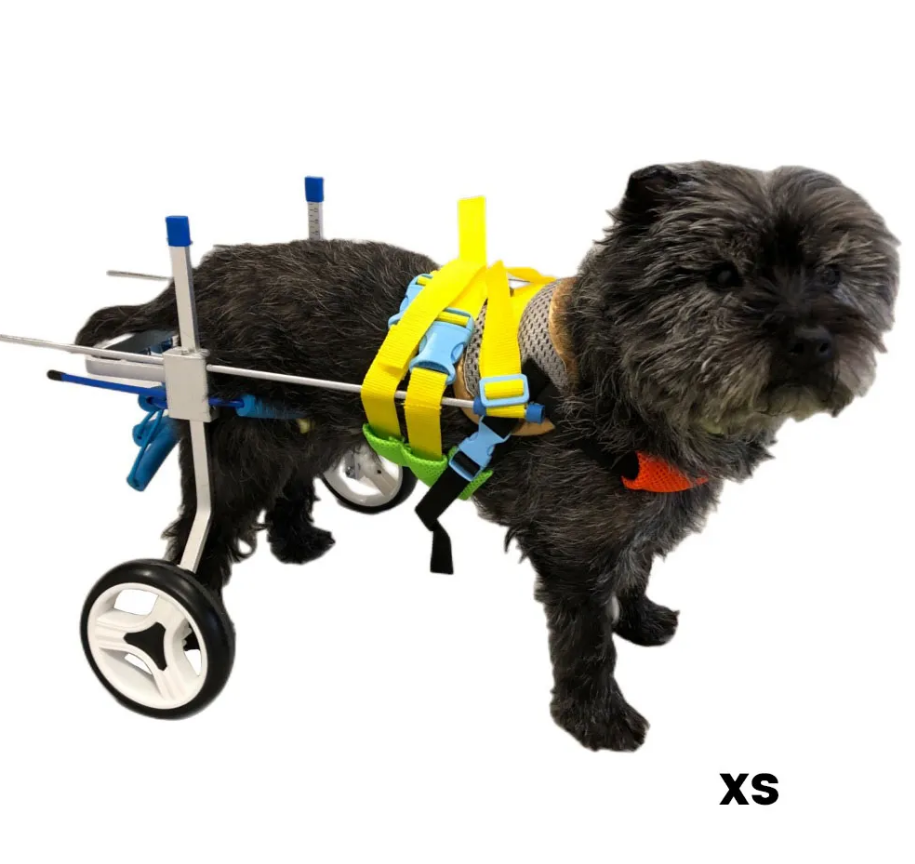With the continuous development of pet care technology, wheelchairs have become a tool for elderly dogs, dogs with hind limb paralysis or movement disorders, and congenital defects to regain freedom. Temporary post-surgery recovery, temporary injury or rehabilitation should also be a perfect solution.
However, getting your dog acclimated and accustomed to using a wheelchair requires patience, consistency, and positive reinforcement. Here are some steps to help you successfully train your dog to use a wheelchair.
1. Get the right equipment: Make sure you have a wheelchair designed specifically for dogs that is the right size and meets your dog’s needs. Size measurement methods are provided for small dog wheelchair, medium and large wheelchairs on the market. The appropriate wheelchair can be selected according to the instructions.
2. Gradually introduce wheelchair : After receiving the dog wheelchair for small dogs, let your dog gradually become familiar with the wheelchair and allow it to explore at its own pace. When your dog approaches or sniffs the wheelchair, offer treats and praise to build positive associations.
3. Associate the wheelchair with a positive experience: Use treats, toys, and praise to help your dog see the wheelchair as an enjoyable experience.
4. Gradually introduce wearing a wheelchair: Initially, place the wheelchair next to your dog without securing it. Gradually introduce your dog to the small dog wheelchair for back legs, making sure it is comfortable and adjusted properly.
5. Use positive reinforcement: When your dog wears a wheelchair, walks or moves, reward him with treats and praise to reinforce desired behavior.
6. Practice walking: Start by using a wheelchair to walk short distances under supervision. When your dog moves around, encourage it with treats and praise. As your dog becomes more comfortable, gradually increase the duration and distance of your walks.
7. Patience and Consistency: Training a dog to use a wheelchair can take time and patience. Be consistent during training and praise your dog for the progress he makes.
8. Seek professional guidance if needed: If you are having difficulty or your dog seems reluctant to use a dog wheelchair for back legs small dog, consider seeking guidance from a professional dog trainer or veterinarian experienced with dog walkers.
9. Celebrate Progress: Celebrate every milestone your dog achieves as he learns to use a wheelchair. Positive reinforcement and encouragement will help your dog stay motivated during the training process.
Through the above steps, you can help your dog adapt and get used to using a wheelchair, providing him with a more comfortable and free life.



0 Comments